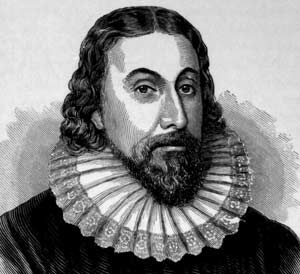Introduction to Story and Discourse by Seymour Chatman - Chapter Summary
Chatman,
Seymour Benjamin. "Introduction." Story and Discourse: Narrative
Structure in Fiction and Film. Ithaca, NY: Cornell UP, 1978. 15-21. Print.
Seymour Chatman
Different famous personalities have tried to analyze what makes a narrative. Emphasis is put on Aristotle's Poetics. Fairy and folk tales had relatively simple plots and structures; modern narratives are more complex.
Dictionary definition of poetics: literary criticism treating of the nature and laws of poetry. =literary
theory
Literary structuralistic theorists/poeticians deal not with evaluating a poem but with defining, analyzing,
categorizing it. Poetics, as Todorov states, should strive not to provide a mere
description of the work, but to go outside of the constraints of the work in
order to draw conclusions about it, and go beyond it. Literary theory is a
study of the nature of literature.
Works of literature often are of mixed genres, and are never perfect
representation of the genre. From these mixed-genres works we can draw
conclusions to create a literary theory on a genre. Then we can "plot
individual texts on the grid" of genres, and proceed to ask questions
about the nature of plot, character, etc.
Poetics states that the necessary components of narrative are the
following:
Where "discourse" indicates the manner in which the story is communicated.
For Aristotle, praxis (imitation of real-world actions) formed logos
(ideas) which gave birth to mythos (plot). Russian theorists named two
narrative components: fable (individual events to be included in the story) and
plot, the way the fable was put together. French structuralists name raconte
(the narrated) from which can be pulled racontants (story elements-events, situations behaviours) and a
recit (story).
"Narratives are structures independent of any medium"- many
disciplines agree that a structure is
defined as such by having the properties of "wholeness, transformation,
and self-regulation". Of course a narrative is whole, complete. It has
transformations by the fact of storytelling and plot advancement, and self
regulation in the sense that these transformations adhere to a set of laws
which exist in that structure and do not deviate from the constraints of the
structure (story).










Comments
Post a Comment
Hey friend! 🌈 I can't help with your assignments but maybe other readers can. Good luck! 🤞